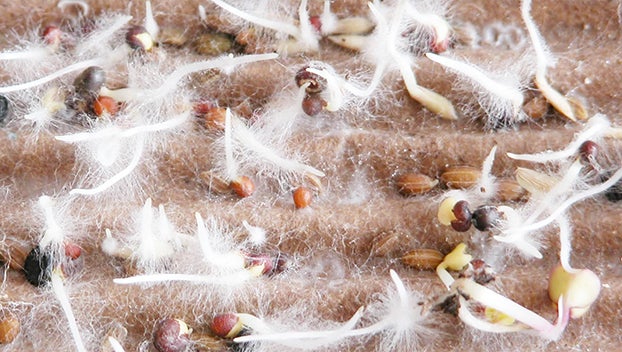Childhood obesity: We can’t afford NOT to take action
Published 7:25 am Wednesday, September 28, 2016
Editorial By Stacy E. Wilson, J.D.
Childhood obesity takes an alarming toll on the Texas economy in addition to its detrimental impact on the health and wellness of Texas children.
As we approach the 85thsession of the Texas Legislature, there is no better time for Texans to take a look at the epidemic and how to fight it.
Research shows that one in three Texas children is overweight or obese, including nearly half of the Hispanic children in our state. During childhood, obese and overweight children have an increased risk of joint and gall bladder problems, as well as obstructive sleep apnea.
Obese children are also prone to metabolic syndrome, a key precursor to chronic disease in adulthood. These children have greater than a two-thirds chance of being obese at age 35, which leads to lifelong health and productivity problems.
Texas now has the 10th-highest adult obesity rate in the nation, which carries a huge price tag—in excess of $3 billion annually for Texas employers and more than $1.3 billion in related medical costs.
Additionally, when children become obese adults, their medical costs average 42 percent more than adults who have a healthy weight. Although obesity is a medical condition, effective clinical treatment remains elusive.
Perhaps even more disturbing than the financial cost is the adverse impact on our children’s health and well-being. Childhood obesity is associated with increased school absences, lower grades, and lower standardized test scores. Overweight children, especially adolescents, suffer from stigma, which can diminish self-confidence, resulting in lowered goals and performance. When obese children grow up, their productivity and wages are lower than for people who were not overweight as children.
The good news is, obesity is a preventable condition, and with the right combination of action steps, Texas could avert the future costs.
By addressing gaps and strengthening current policies, we can reach young children, reversing unhealthy trends and preventing weight gain in the first place.
We should start by considering our unhealthy food environment. Beginning in the 1970s, shifts in food availability, marketing, and prices all pushed diets to include more edible oils, animal-derived foods, and sweeteners. This led to higher calorie intake. Newer technologies at the time and later—including air conditioning, television, video games and computers—all contributed to a more sedentary lifestyle and a decrease in physical activity. The result of these changes is an energy imbalance: calories consumed but not burned off.
The goal of childhood obesity policies is to bring children’s “energy-in” (food intake) back in balance with their “energy-out” (calories burned throughout the day). This concept, combined with appropriate medical treatment, forms the foundation for a series of strategies that can be effectively employed:
- Support and encourage efforts to improve not only the quality, but also the amount of, health education, nutrition, physical education and physical activity in Texas schools and early childcare facilities.
- Advocate for maintaining FitnessGram, which is a series of comprehensive, statewide physical fitness assessments.
- Design Texas communities to accommodate and encourage more physical activity, such as walking, biking and using public transportation (since walking to and from bus stops requires more energy than getting in the car in the driveway).
- Help children develop healthy eating habits by requiring licensed child-care professionals to provide nutritional foods and beverages to the children they serve.
Although Texas has taken numerous legislative and regulatory actions to reduce childhood obesity in the past decade, we can still do more. We must all work together to address the epidemic of childhood obesity in Texas. Doing so will save our state billions of dollars and improve the quality of life for our next generation.
Stacy E. Wilson, J.D. is the president of the Children’s Hospital Association of Texas.





